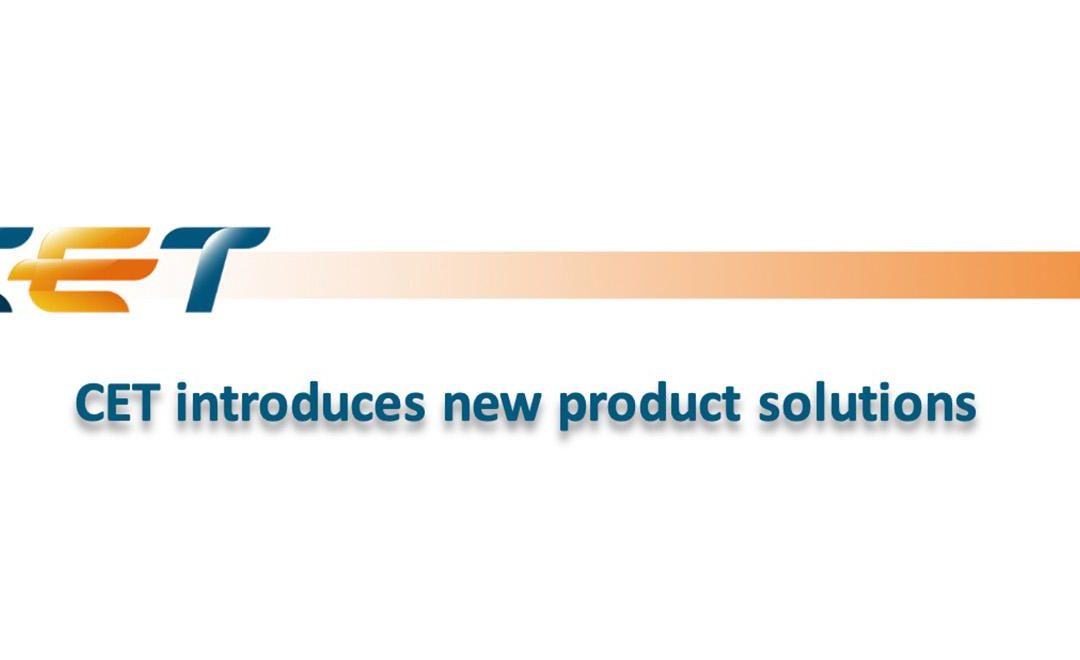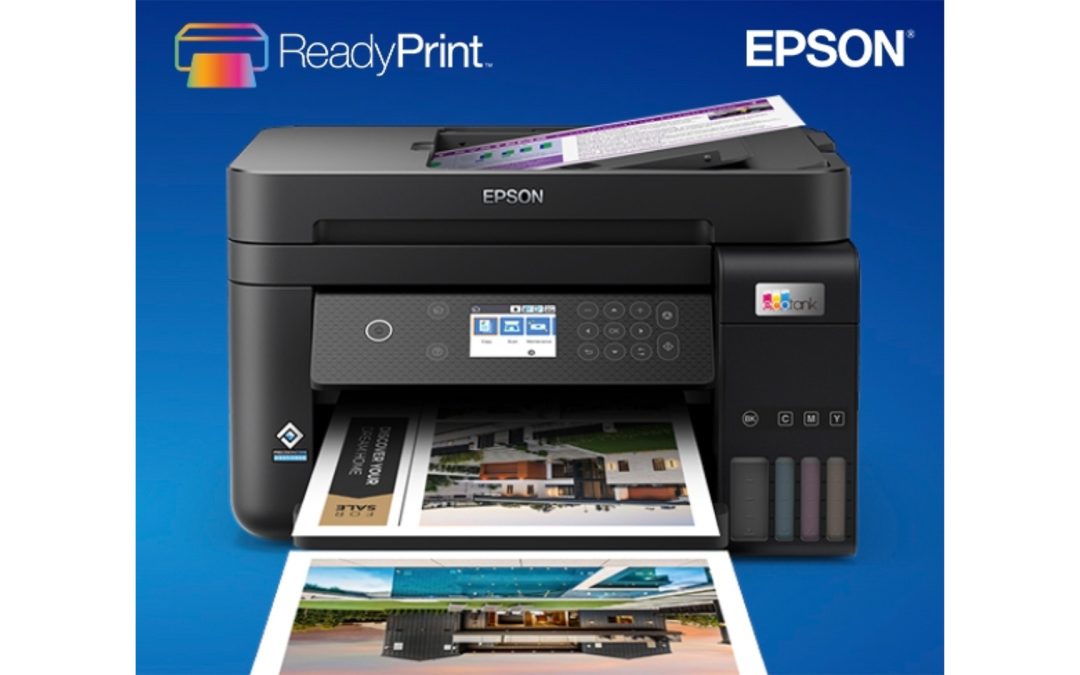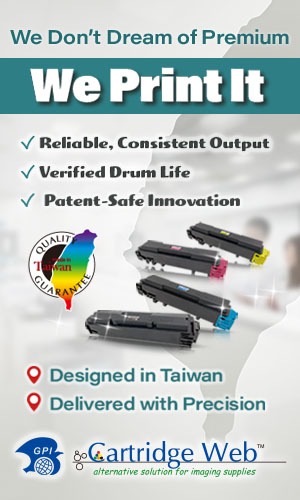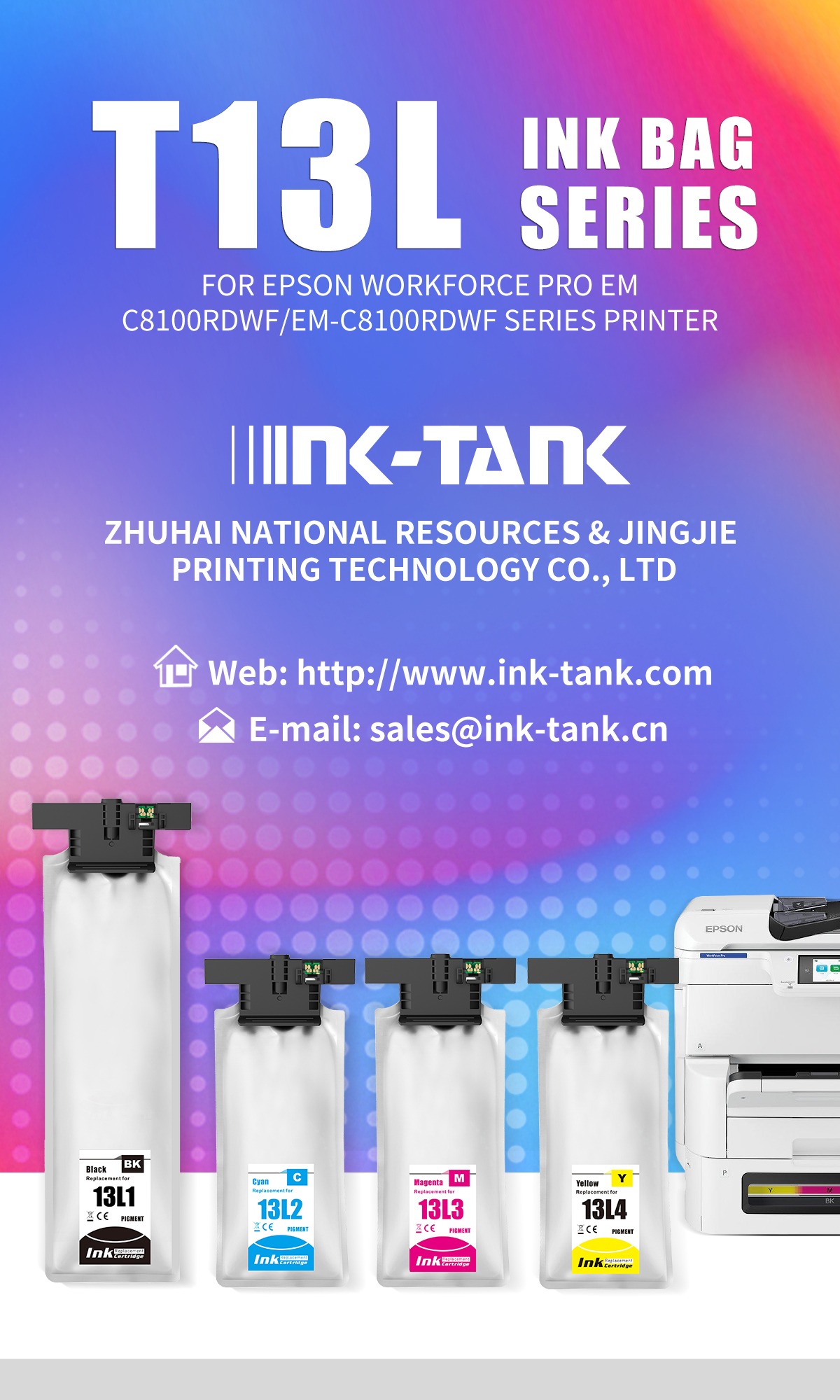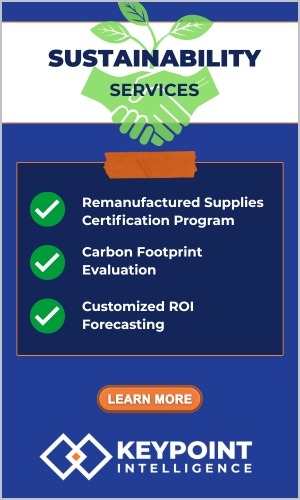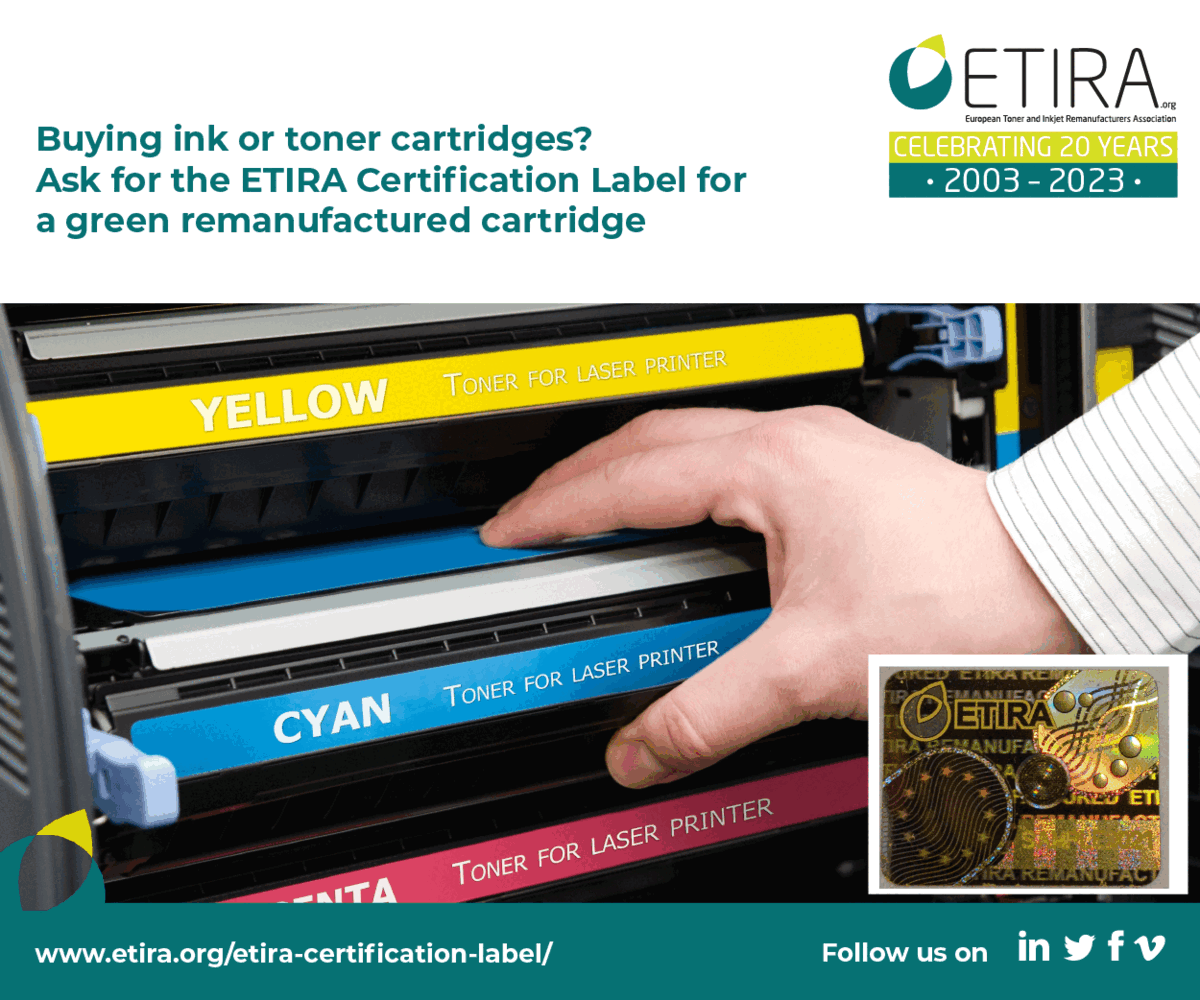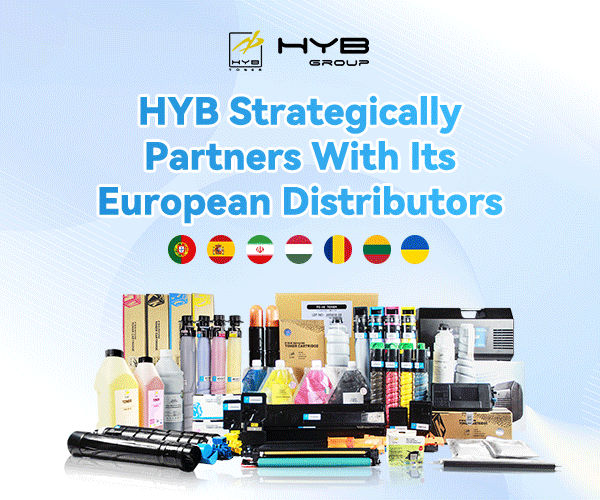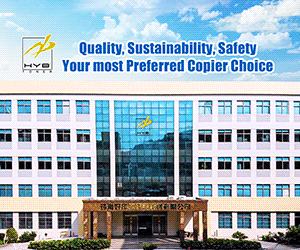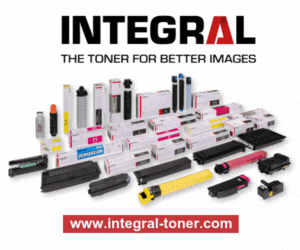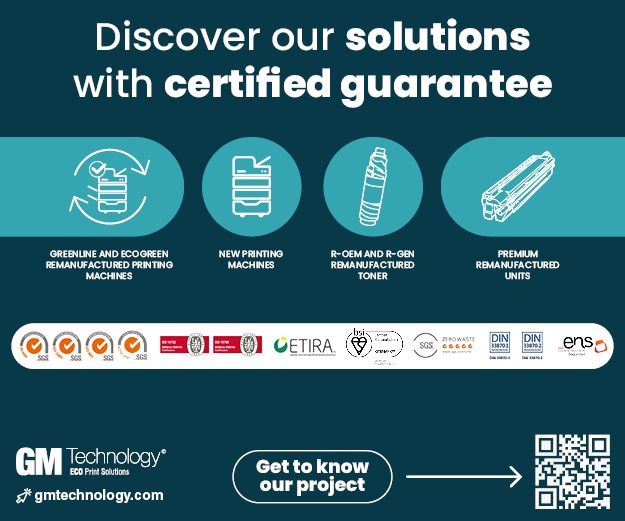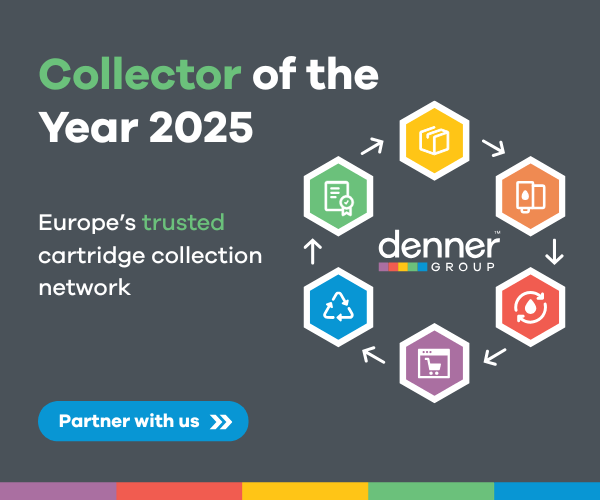From certified toner and archival inks to paper quality, storage conditions and printer serviceability — what really matters when documents must last decades or even centuries?
When a reader recently asked whether specialist toner and paper combinations really make a difference to the permanence of important documents, it sparked a broader discussion. In notarial offices, government archives and corporate records rooms, the question is simple but vital: will this print still be legible, authentic and tamper-proof when someone needs it years from now?
Standards and certifications
Several standards set the bar for permanence. ISO 11798:2000 defines resistance to light, water, abrasion, heat and chemicals. Passing the test means the print will remain legible and durable under normal office conditions.
Independent laboratories such as Wilhelm Imaging Research (WIR) go further, conducting accelerated ageing tests to estimate real-life longevity. WIR famously put Epson’s DURABrite pigment inks at “over 400 years” in dark office storage when used with Epson paper.
In Italy, the D.P.C.M. 3 August 1962 decree requires notarial documents to be indelible and tamper-proof. Certification is awarded to specific toner-and-paper pairings that pass stringent erasure and light-resistance tests. Similar legal frameworks exist in other countries, though often less formally codified.
OEM and aftermarket perspectives
OEMs promote their own answers to permanence. Epson highlights its DURABrite Ultra and Pro pigment inks, which bind particles into plain paper fibres with a protective resin. According to Epson, this produces prints that are resistant to water, smudging, highlighters and scratches, making them highly resistant to tampering. Independent tests by Wilhelm Imaging Research suggest a lifespan of over 400 years in dark office storage when used with Epson paper. ISO 11798 certification further confirms durability against light, moisture, abrasion and heat.
Aftermarket suppliers have also moved into this niche. Tecnolaser Europa markets Laserfix, a toner certified under the Italian decree for notarial deeds. Its message is that specialist consumables can unlock small but valuable markets where compliance and certification outweigh cost.
Paper and storage still matter
Archivists point out that toner and ink are only part of the equation. Paper quality has a profound impact on longevity. Acid-free, buffered paper will outlast standard wood-pulp stock by decades.
The British Library’s Collection Care unit stresses stable temperature (13–20 °C), relative humidity (35–60%), and minimal exposure to light and pollutants. Even the best consumables can fail if a document is kept in damp or fluctuating environments.
This advice is echoed internationally. The US Library of Congress recommends cool, dry storage and warns against keeping records in attics or basements. It also advises using clean surfaces, avoiding staples, clips or adhesives, and acting quickly if documents become wet or mouldy — drying within two days or freezing to prevent damage.
The UK National Archives, meanwhile, points to poor environment as “the single biggest threat” to records. Their advice is to use supportive enclosures such as acid-free folders or boxes and never store paper loose. Stability, rather than chasing perfect numbers, is the real key.
In short, paper and storage conditions often matter more than toner or ink when it comes to survival over decades.
Serviceability of the printer
There is another, often overlooked factor: the printer itself.
- A worn fuser may not properly bond toner to the page, leaving text vulnerable to flaking.
- Tired rollers can cause skew, streaking or incomplete transfer.
- Developer units and drums, if not serviced, produce faint areas that degrade faster.
- Inkjet heads, when clogged or misaligned, leave gaps that undermine legibility.
For remanufacturers, this is a reminder that service and maintenance are part of the preservation chain. A certified toner is useless if the fuser temperature is too low or the rollers score the paper. Sustainable reuse of parts — when properly serviced — supports not only cost and environmental goals, but also document permanence.
From cartridge to compliance: an upsell opportunity
For remanufacturers and resellers, permanence and compliance can be positioned not as a commodity, but as a specialist service.
- Archival printing packages: Supply certified toner or ink and approved archival paper together, bundled as a “compliance pack.”
- Certification support: Provide documentation that the toner–paper combination meets ISO 11798 or regional standards. This adds reassurance for lawyers, notaries, government departments and financial institutions.
- Maintenance contracts: Tie in service agreements that ensure fusers, rollers and drums are kept in spec — emphasising that longevity depends on the print engine as well as the cartridge.
- Consultancy: Offer advice on proper storage conditions, paper handling and document archiving. Even simple leaflets on “how to keep your records safe” can set a reseller apart.
This turns a standard consumables sale into a value-added service: not just “selling toner,” but “guaranteeing document permanence and compliance.” It creates differentiation in a market where price is usually the first, and sometimes only, lever.
The bigger picture
So, where does this leave users and resellers?
- Consumables matter: Specialist toner and pigment inks can help, especially when backed by independent certification.
- Paper choice is critical: Use archival-grade, acid-free paper for documents intended to last.
- Storage is decisive: Control environment, light and humidity to safeguard archives.
- Service counts: Keep fusers, rollers and drums in good order to ensure clean, durable prints.
- Upselling is possible: Position permanence as a compliance-driven service, not just a consumables transaction.
A question for readers
Our reader asked whether specialist toner-and-paper combinations are essential for preserving documents. The answer is that they can help — but they are only part of a larger picture. Certification may open doors in niche markets, but real permanence depends on choices that extend far beyond the cartridge.
What is your experience? Which standards and practices matter most in your work? How do you balance consumables, paper, storage and service when permanence really counts?
Please send your comments to news@therecycler.com.


